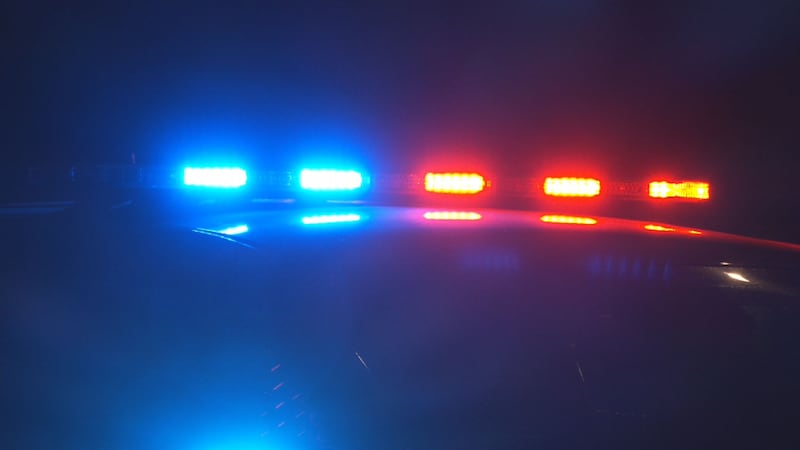After an Amtrak train derailed on an overpass near Lacey and sent train cars tumbling onto southbound I-5, the question of whether a safety system known as positive train control could have prevented the crash is looming large.
More on derailment from KIRO 7
- NTSB: Derailed train going 80 mph in 30 mph zone
- PHOTOS: Train details onto I-5 near Lacey in Washington
- What to know: Q&A after train derails over I-5, killing 6
- New era of rail service rolling into Tacoma Dome Station begins
- LIVE VIDEO: Train derails onto I-5
- Bloodworks Northwest in desperate need of blood donors after train derails onto I-5
Three people were killed and dozens others were injured.
National Transportation Safety Board member Bella Dinh-Zarr said the train was going 80 mph when it crashed. According to the Washington State Department of Transportation, the speed of trains approaching the curve before the trestle where the train derailed should be no higher than 30 mph.
PHOTOS: Train details onto I-5 near Lacey in Washington
All information so far is preliminary and the investigation will take months to complete, but KIRO 7 Reporter Amy Clancy consulted transportation disaster experts who have already pinpointed a few areas of focus as to what may have contributed to the crash.
Keith Millhouse is a nationally known rail safety expert who was named Chairman of Metrolink after a Metrolink crash near Los Angeles in 2008.
An engineer who was texting caused the deaths of 25 people. Millhouse was brought in to increase safety.
KIRO 7 tracked Millhouse down in Los Angeles.
He told Clancy the system called positive train control could have prevented the crash near Dupont because the satellite-based system overrides the operator in case of human error.
If a train is traveling too fast, positive train control intervenes and slows it down remotely.
The line where the crash occurred will have positive train control, but not until next year, according to Sound Transit, which owns the portion of the tracks where the train derailed. Read more on positive train control from the Federal Railroad Administration.
Sound Transit, AMTRAK and other agencies are working to implement positive train control in the Puget Sound region in advance of a December 2018 federal deadline. Work will continue in the coming months. While equipment has been physically installed in the Lakewood subdivision where the incident occurred, the system is not yet operational or certified for use. Full implementation is planned to occur by the second quarter of 2018 on that segment, in advance of the deadline
-- Patrick Geoff with Sound Transit
Millhouse said another factor to consider is that from what he saw on KIRO 7, it appears the engine was pushing and not pulling the cars.
“When the locomotive is at the front of the train, it is a heavier unit, so it can oftentimes knock debris out of the way more effectively than when the train is being pushed,” said Millhouse.
It is not yet known if there was debris on the track. A lot more will be known once the train’s data recorder – which is similar to an airplane’s black box -- is examined. It is currently with NTSB investigators.
Millhouse said he believes it should be mandatory for all rail operators to have inward-pointing surveillance cameras that record the engineers’ every move. But unions are against the idea, citing privacy issues. But Millhouse believes the safety of passengers is more important.
Clancy also talked to Sims Weymuller, a Seattle lawyer who represents transportation accident victims. He expects dozens of lawsuits to eventually be filed in the wake of the crash, once a cause is determined.
“It’s a new route for the (Amtrak) 501, but it’s an old track, and so there can be a question about infrastructure and whether the track was in adequate shape for this type of use,” said Weymuller. “Are there defects to either the lines or to the engines themselves? I don’t know if this was a push or pull engine, but there are concerns about push engines in particular. Are those being addressed?”
NTSB investigators will be at the crash scene for about a week.
Cox Media Group





